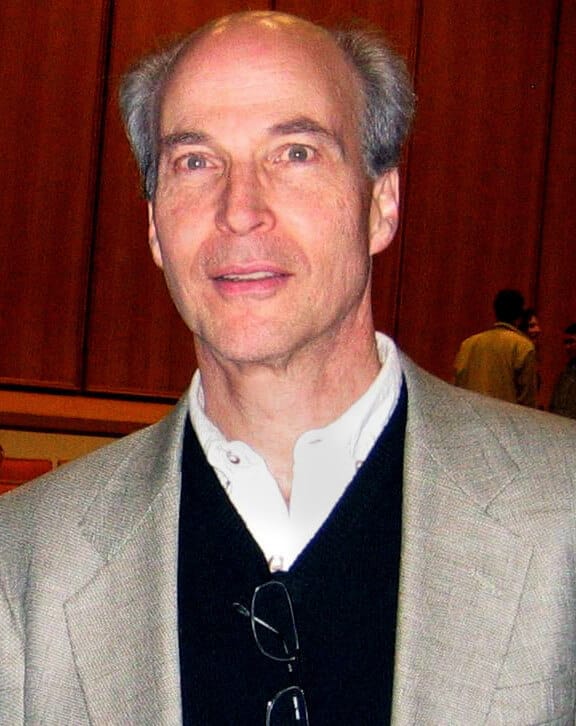The Academy now has 143 members

At the general assembly meeting of the Israel National Academy of Sciences this week (June 21, 2022) Ten new members were elected to the Academy. The Academy now has 143 members.
And these are the new friends:
- Prof. Shulamit Elitzur, Hebrew Literature, The Hebrew University of Jerusalem
- Prof. Rachel Alterman, Urban Planning, Technion - Israel Institute of Technology
- Prof. Ora Antin-Wolman, Physics, Tel Aviv University and Ben-Gurion University of the Negev
- Prof. Meir Lahav, Chemistry, Weizmann Institute of Science
- Prof. Leslie Lazerovitz, Chemistry, Weizmann Institute of Science
- Prof. Noam Nissan, Computer Science, The Hebrew University of Jerusalem
- Prof. Naama Friedman, Education, Tel Aviv University
- Winner of the 2006 Nobel Prize in Chemistry, Prof. Roger Kornberg, Molecular Biology, Stanford University and the Hebrew University of Jerusalem
- Prof. Mikhail Kraini, Law, The Hebrew University of Jerusalem
- Prof. Ronit Ritchie, Asian Studies, The Hebrew University of Jerusalem
The President of the Academy, Prof. David Harel, congratulated the new members and expressed his confidence that in addition to their research achievements and scientific excellence, they will greatly contribute to the Academy's activities and enrich it with the best of their knowledge and experience.
The Israeli National Academy of Sciences, the highest body in the science community in Israel, was founded by law in 1961 with the aim of bringing together the best science personalities in Israel for the cultivation and promotion of science in the country. To fulfill its mission, it advises the government on actions related to research and scientific planning of national importance, makes science accessible to the general public through a variety of activities, publishes articles that promote science, and maintains active contact with the international scientific community.
- Seven new members join the Israeli National Academy of Sciences
- Bitter fights over prestige and budgets. And all, so to speak, in the name of science
- Unique to Bar-Ilan University: International degree in Chemo-Informatics
- The agreement for scientific cooperation with China was renewed and expanded
- Prof. Ilana Gozes won the American Academy of Medicine award for Alzheimer's research
